I like to talk up the place I live – the Monterey Peninsula of Central Coast California. This is another one of my posts that has nothing to do with hotels. This post does share some of the great attractions of coming to the Monterey area.
The Monterey Peninsula is a place with nearly 200 hotels in three fairly small towns in Carmel (pop. 4,000), Pacific Grove (15,000) and Monterey (28,000)where the total year-round population is less than 50,000 people. Seaside, Marina, Del Rey Oaks, Carmel Valley and Pebble Beach add to the surroundings to give the area a real population a bit over 100,000 people. Salinas is a city of nearly 150,000 people that you might think would encroach on the Monterey Peninsula. Despite over 200 years of development in this area of the California Central Coast, the Fort Ord National Monument, agricultural fields, and hills separate the Monterey Peninsula from the Salinas Valley and the rest of the world.
Any single day has thousands or tens of thousands of visitors coming to the Monterey Peninsula. There is stuff to see in Monterey like marine life, incredible scenic beauty, beaches, restaurants, retail shops, woods, ocean vistas and more.
Pacific Grove, California
The western front of the Monterey Peninsula is Pacific Grove on the north side and Pebble Beach/Carmel forming the south side of the peninsula jutting out into the Pacific Ocean on the southern side of Monterey Bay. Santa Cruz, California, almost Surf City, USA, is the northernmost town of Monterey Bay forty miles up Highway 1.
I tried to study computer science, physics and chemistry one year at UCSC in the early 1980s. Way too many distractions for a laboratory scientist in the redwoods and on the beaches of Santa Cruz, California. I love that place. I hate that place.
In the agricultural fields is where I ended up completing my undergraduate degree at U.C. Davis in the central valley of California. No distractions there.
I should rediscover Santa Cruz now as a travel writer. I just can’t stand the traffic congestion on the north side of Monterey Bay to go there more frequently.
Really, I am going to Pacific Grove
For at least three weeks now I have been wanting to get my body down to the sea four miles away on the Monterey Peninsula in Pacific Grove and see the May iceplant flowers. We had April showers here in Monterey with an uncommon heavy rain storm for the California Central Coast a couple weeks back this late in the spring. That might be the last rain for months.
The rain rarely falls in this area from June to August, although it can still be cold with wet coastal fog in the summer months, and sometimes the rain storms don’t start again until November. This year has recorded some of the lowest rainfall totals for the California Central Coast area going back to like the 1870s.
In January 2012 I wrote about Pacific Grove and mentioned the iceplant flowers in May. Today I walked the Pacific Grove oceanfront trail and photographed the magic carpet of purple flowers and a sea otter hanging out by the shore.
Please someone with true knowledge tell me what the plant species is for these Pacific Grove flowers? These are a popular web photo from Pacific Grove but I came up with no reliable source of identification after about 30 minutes of internet searches.
Pacific Grove Ocean View Avenue has a mile-long dedicated dirt walking trail with several benches. These photos are all west of Lover’s Point.
View looking northwest from Pacific Grove, California with May flowers.
The bench you cannot see. One of the places I like to hang out on the waterfront in Pacific Grove is at the oceanside bench behind the plant on the right of this photo.
Believe me when I say some days I just leave it all behind and spend a good part of the day sitting by the Pacific Ocean in these Pacific Grove places. My father-in-law died of leukemia before my wife and I married in the 1980s. He once said to me shortly before he died, “Don’t spend your life working a job”.
My wife thinks I have taken that wisdom too seriously.
Pacific Grove houses along this Ocean View Avenue stretch have million dollar views.
Seriously, these houses will cost over $1,000,000 if you have such aspirations.
My wife and I live on the hills of Monterey. We can see the ocean from our place, and even the lights of Santa Cruz on clear nights, but the ocean is a mile away and a Pacific Grove close-up is a long walk or a short drive in the car or a damn near perfect bike ride down the hill and back.
This section of the waterfront is the most lush area of iceplant flowers along the coastal trail in Pacific Grove. This is about a ten minute walk west of Lovers Point.
This is a bench in Pacific Grove where I have had two great encounters with sea otters swimming near the shoreline.
Sea otter at Pacific Grove.
There was a man standing by me who said this was the first sea otter he had seen in the wild. I told him it was a great sighting since they generally are not so close to shore to be this visible to the eye.
Sea otter close-up, Pacific Grove.
Sea otters typically do not swim close enough to the shoreline to photograph without a telephoto lens. The picture above is from my simple Nikon point-and-shoot camera. I think today I shot the best photo I have ever captured of a sea otter in Monterey Bay. And this cute thing lives rent free on the Monterey Peninsula.
I didn’t tell the man I was talking to today, but I will tell readers that the population of sea otters on the Monterey Peninsula is basically unchanged since the 1970s when I was a high school student at Seaside High working on a project to census sea otters in Monterey County. KidsPlanet.org sea otter history. There was growth in the 1980s and 1990s, but viruses and infections sickened the otter population, possibly from human waste entering the ocean. There were about 1,200 sea otters along the Monterey County coast in 1977 when I helped count them and the population is 2,000 in number now 35 years later in 2012.
This February 28, 2012 article from the New York Times gives some recent assessment of the sea otter population with the number 2,700 otters around California being one 2012 statistic I saw in a couple of sources.
In the early 19th century there were hundreds of thousands of sea otters along the California coast. Fur hunting slaughtered the population to extinction, except a small group of 50 otters on the Big Sur coast survived, and the otters today along Monterey County shores are mostly from these 20th century survivors left to breed to the present time. Sea otters are a protected species.
This is Pacific Grove, California.
Pacific Grove, California
There is an inscription on the other side of this bench in the picture below.
“Not a care in the world!
I am down by the sea,
With the wind and the waves
telling me I am free.”
Thank You Barack Obama. Fort Ord National Monument made my day!
Last November I was in downtown Los Angeles in a suite at the Sheraton L.A. on a rainy day. The hotel upgraded me complimentary to a full suite in recognition of my SPG Platinum elite status. I kind of regret letting my SPG status lapse to Gold for 2012 now that I have this SPG Amex Star gig for the year. Sitting at the desk looking out the large window at the puddle covered rooftop below my room from the some-teenth floor of the Sheraton; even though it was a Friday morning, in my mind I thought it was Saturday.
I wanted an easy thinking blog post to write.
I wrote about Fort Ord, California that November morning.
Fort Ord, California is my birthplace.
Fort Ord is a location less than five miles from my home in Monterey, where there was once a hospital where I was born, a hospital since removed.
Now the former Fort Ord Army Base is Fort Ord National Monument by Barack Obama Presidential proclamation on April 20, 2012.
My birthplace is a National Monument.
How cool is that?
Fort Ord National Monument Presidential Proclamation
Here is the official White House Presidential Proclamation making Fort Ord a National Monument.
The point being that over 20 square miles of open land is being preserved along the central coast of California in Monterey County as Fort Ord National Monument.
In the heart of California’s Central Coast, the former Fort Ord encompasses a sweeping landscape of vivid beauty and rich natural diversity. One of the few remaining expanses of large, contiguous open space in the increasingly developed Monterey Bay area, this area is a rolling landscape long treasured for recreation, scientific research, outdoor education, and historical significance. Originating in the Pleistocene Epoch, ancient dunes provide the foundation for this landscape’s unique array of plant and wildlife communities. The area is also notable for its historical significance, including its role in the Spanish settlement of California and in the military training of generations of American soldiers.
Fort Ord National Monument – established April 20, 2012 by President Barack Obama presidential proclamation.
The drive into Salinas last week to attend the Steinbeck Festival reminded me of how rural the countryside is between Monterey and Salinas. Salinas (pop. 144,000) and Monterey (pop. 30,000) are two towns that have over two centuries of history and even today there are basically three roads between these Monterey County centers of commerce with the southern route at Highway 68, Reservation Road from Marina around Fort Ord grounds, and Highway 183 at the Monterey Bay crossroads in the town of Castroville or you can also take Highway 101 from Prunedale even farther to the north into Salinas.
Fort Ord encompasses much of the land between Monterey and Salinas. The agricultural fields of Salinas lie mostly in the bottoms of the valley. Fort Ord has a unique microenvironment of being land built over millions of years from ocean activity on the sand dunes.
Nearly two and a half centuries ago, as Americans fought for independence far to the east, these lands were traversed by a group of settlers led by Spanish Lieutenant Colonel Juan Bautista de Anza. In 1775-1776, Anza established the first overland route from “New Spain,” as Mexico was then known, to San Francisco, opening the way for expanded Spanish settlement of California. The diaries kept on this nearly 2,000-mile journey were used to identify the Juan Bautista de Anza National Historic Trail, approximately 6 miles of which pass through the Fort Ord area. Although much of the historic route currently passes through urban areas, the undeveloped expanse of the Fort Ord area is likely quite similar to the open landscape experienced by Anza and by the Costanoan (now commonly referred to as Ohlone) peoples who lived in what is now the Central Coast region of California.
Fort Ord National Monument – established April 20, 2012 by President Barack Obama presidential proclamation.


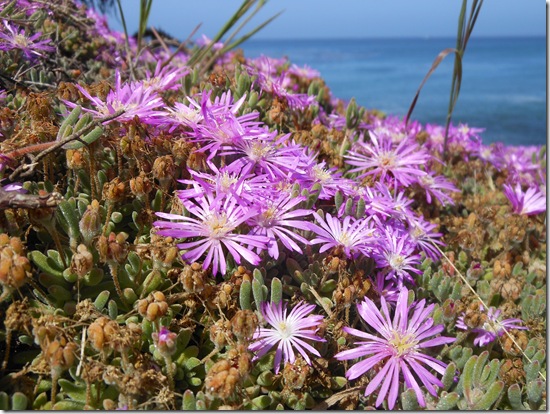
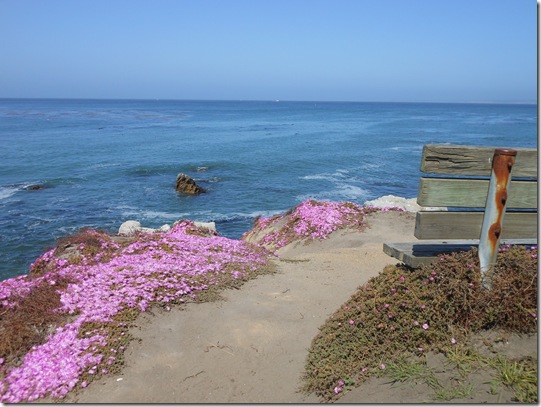

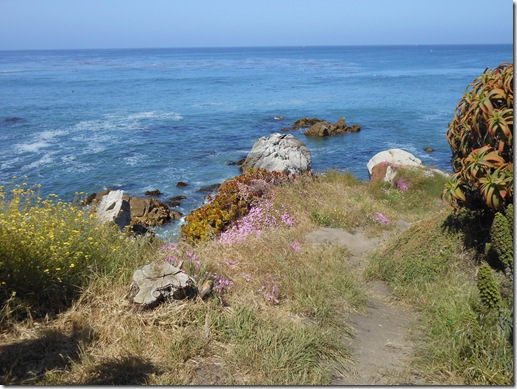

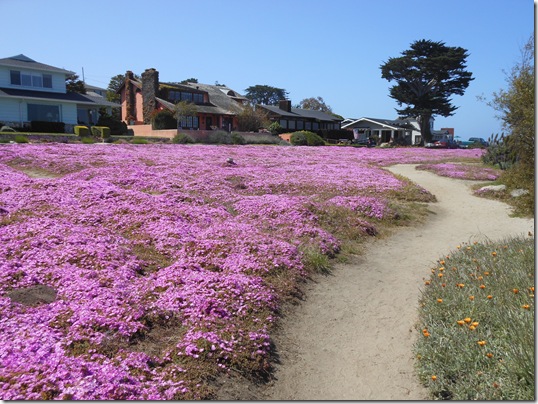
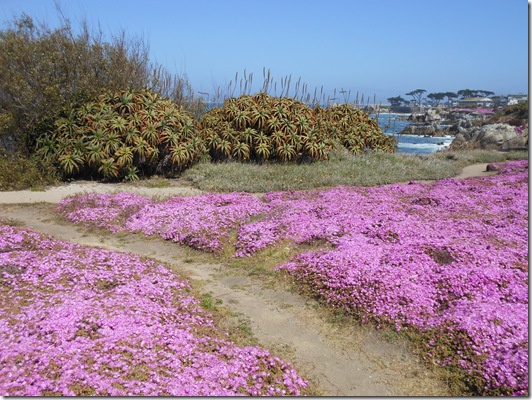





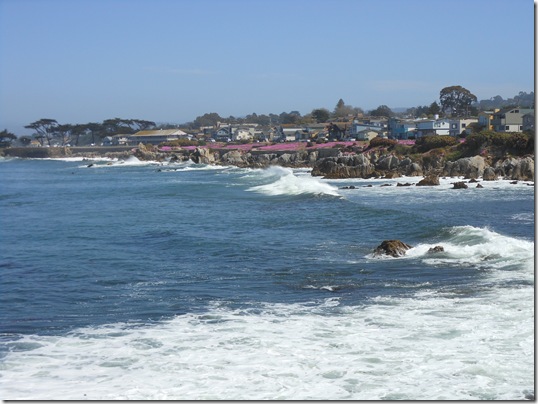
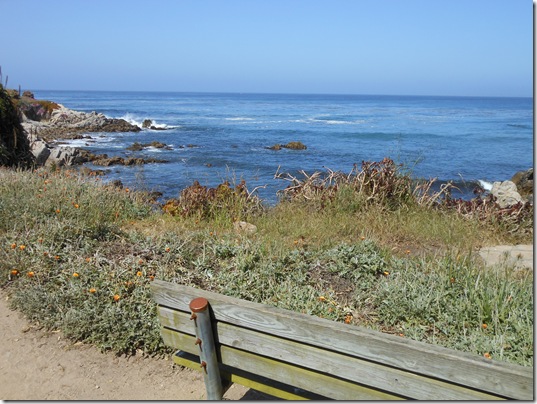
6 Comments
Comments are closed.